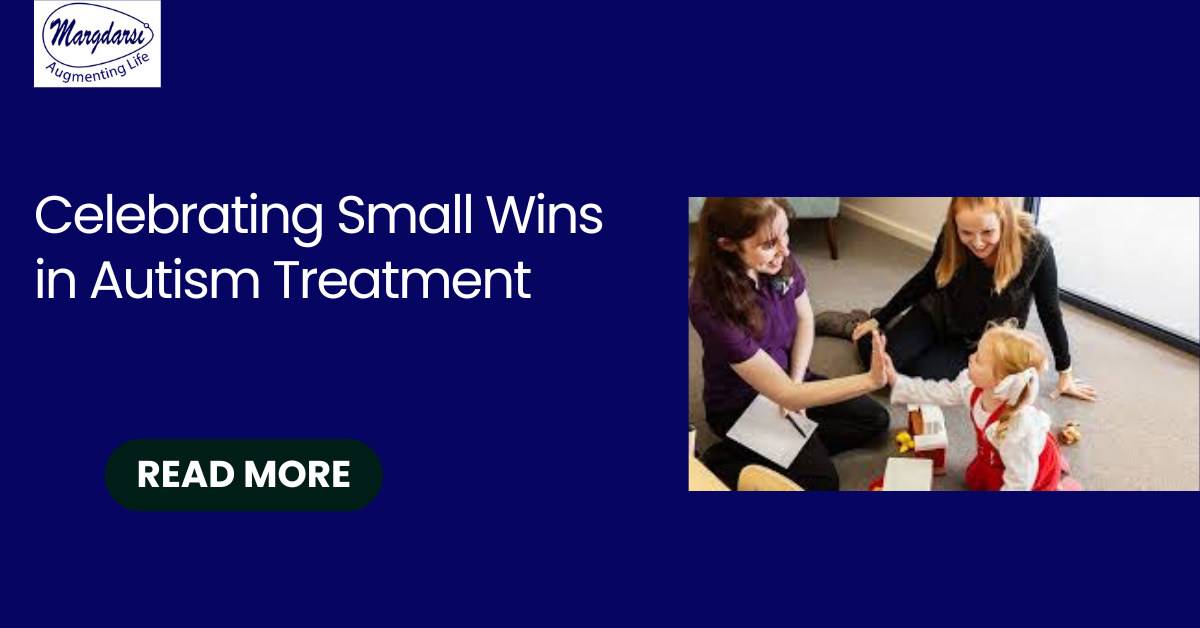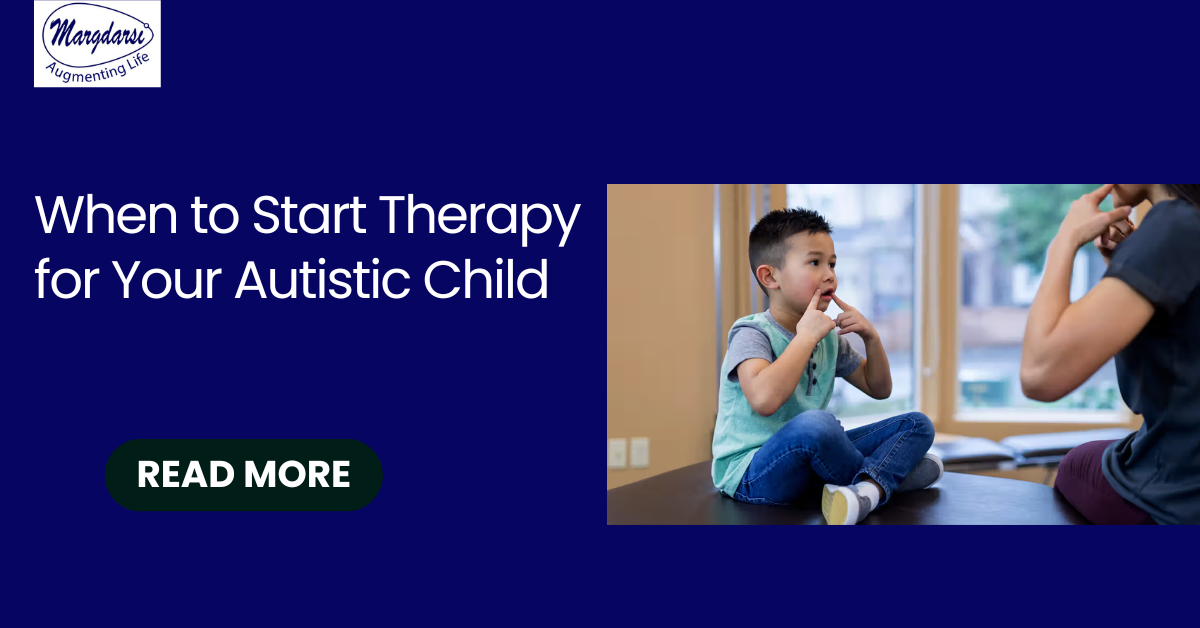
How Progress in Autism Differs for Each Child
admin
- 0
Understanding Autism and Its Progression
Autism is a lifelong condition, but its symptoms and progress change over time. Every child with autism follows a unique developmental path, and understanding these changes helps parents and caregivers provide the right support.
📌 Fact: Early intervention and tailored therapy improve autism outcomes significantly.
In this guide, we’ll explore Autism in Different Age groups and how therapies evolve to meet their needs.
How Progress in Autism Changes Across Different Ages

The impact of autism varies with age. Some children show early developmental delays, while others progress steadily with the right interventions.
Key Changes in Autism Development by Age
| Age Group | Common Challenges | Supportive Strategies |
|---|---|---|
| 0-5 Years | Speech delays, sensory sensitivities | Early intervention, Speech & Occupational Therapy |
| 6-12 Years | Social struggles, academic challenges | Behavioral therapy, Special education support |
| 13-18 Years | Emotional regulation, independence | Social skills training, Life skills programs |
| 18+ Years | Job readiness, daily living skills | Vocational training, Continued therapy |
💡 “Every autistic child progresses differently, but with the right guidance, they can achieve their full potential.”
Early Childhood (0-5 Years): The Importance of Early Intervention

Early diagnosis and therapy lay the foundation for future development. During this phase, children may experience:
✔ Speech & communication delays
✔ Sensory processing challenges
✔ Difficulty with eye contact & social interactions
Key Therapies for 0-5 Years:
- Speech Therapy: Helps in language development.
- Occupational Therapy: Improves motor skills & sensory responses.
- ABA Therapy: Builds basic social & behavioral skills.
📌 Fact: Children diagnosed before the age of 3 benefit the most from therapy.
Related Article:
Celebrating Small Wins in Autism Treatment
School-Age Children (6-12 Years): Social & Academic Development
At this stage, autistic children navigate school environments, where new challenges emerge:
✔ Difficulties in making friends
✔ Struggles with classroom routines & attention
✔ Sensory overload from busy school settings
Best Therapies for 6-12 Years:
- Social Skills Training: Helps develop peer interaction skills.
- Special Education Support: Adapts learning for different cognitive needs.
- Behavioral Therapy (ABA): Manages classroom-related behaviors.
💡 “With the right guidance, school-age children Autism In Different Age can thrive academically and socially.”
Adolescence (13-18 Years): Preparing for Independence
Teenagers with autism face emotional and social changes. Challenges include:
✔ Emotional regulation difficulties
✔ Struggles with peer pressure & friendships
✔ Need for independence & life skills training
Supportive Therapies for Adolescents:
- Cognitive Behavioral Therapy (CBT): Helps with emotional control.
- Social Integration Programs: Encourages healthy friendships.
- Life Skills Training: Builds independence & responsibility.
📌 Fact: Adolescents benefit from structured routines and gradual exposure to social situations.
Young Adults (19+): Transitioning to Adulthood
As autistic individuals reach adulthood, employment, relationships, and independence become key concerns.
✔ Difficulty finding jobs
✔ Managing daily responsibilities
✔ Need for continued emotional support
Essential Support for Young Adults:
- Vocational Training: Develops job-related skills.
- Social Skills Coaching: Teaches relationship-building techniques.
- Independent Living Support: Helps in housing, finances & self-care.
💡 “Every autistic adult deserves the right support to live a fulfilling, independent life.”
The Role of Therapy in Shaping Progress at Different Stages
Therapies play a crucial role in ensuring steady progress across different ages.
Best Therapies for Autism at Any Age
| Therapy Type | Best For |
|---|---|
| Speech Therapy | Improving communication |
| Occupational Therapy | Developing motor & sensory skills |
| ABA Therapy | Behavioral modifications |
| Social Skills Training | Interacting with peers |
| Life Skills Coaching | Gaining independence |
✅ Parents should regularly evaluate therapy progress and adjust approaches as needed.
Why Multi-Model Therapy at Margdarsi is Best for Your Autistic Child
Margdarsi Foundation specializes in age-specific autism interventions.
✔ Personalized therapy plans for all age groups
✔ Combination of mainstream & recreational therapies
✔ Success stories of children progressing across different stages
📌 Fact: Multi-Model Therapy ensures a holistic approach to autism treatment, addressing every developmental phase.
🔎 Looking for expert autism therapy? Margdarsi Foundation is here to help!
Frequently Asked Questions (FAQs)
1️⃣ How does autism progress with age?
✔ Autism symptoms evolve, and children may gain new skills while still facing challenges. Early therapy improves long-term outcomes.
2️⃣ What’s the best age to start autism therapy?
✔ Before age 3 is ideal, but therapy at any age helps improve communication, behavior, and independence.
3️⃣ Does autism get worse with age?
✔ No, but without intervention, certain challenges may become more noticeable in social and academic settings.
4️⃣ What therapies work best for autistic children?
✔ Speech Therapy, Occupational Therapy, and ABA Therapy are the most effective across different ages.
5️⃣ How does Margdarsi Foundation help autistic children?
✔ Margdarsi provides personalized, multi-model therapy to ensure steady progress at every age.


